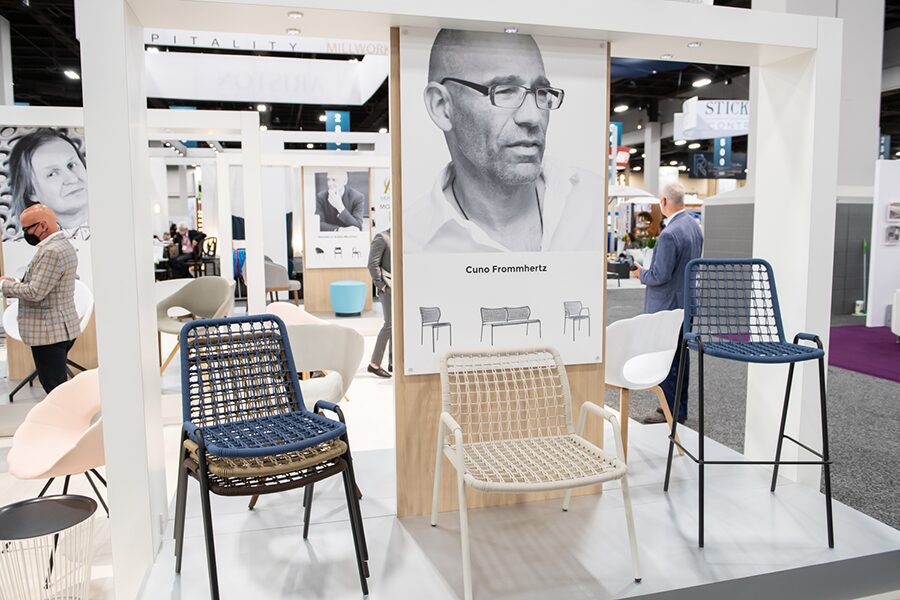Stanford University has opened the Bing Concert Hall as the new campus music venue for students and world-class musicians. New York-based Ennead Architects blended architecture and technology to formulate the hall’s acoustics. 

Ennead partners Richard Olcott and Timothy Hartung, along with lead acoustician Dr. Yasuhisa Toyota of Nagata Acoustics and theater consultants Bob Campbell and Joshua Dachs of Fisher Dachs Associates, led the design team.
With 842 seats, the vineyard style concert hall occupies an elliptical drum and includes a lobby shaped for formal and informal performance gatherings. Light wells placed around the drum, as well as a 19-foot aluminum and glass curtain, distinguish between the lobby and the hall.
Acoustically isolated from exterior sound, the hall includes 12-inch-thick walls and wall and ceiling reflectors to deflect sound. Convex-shaped lightly toned sails surround the seating to both define the hall’s volume and to provide acoustic absorption and reflection; they can also be used as screens for video projection. Variable acoustic curtains between the sails tune performances with amplified sound, and a double-curved ceiling reflector above the stage disguises the technical lighting, rigging, and sound support equipment. 


“We looked at the science of sound and likened it to textures and curves, looking at imagery of water and rippling landscape, sand dunes, clouds-there are no straight lines, just organic shapes,” says Olcott. “Everything was done with the acoustics in mind-all materials selected, all profiles designed to provide the optimal acoustic experience.”

Bing Concert Hall is part of a university-wide effort to focus on the arts. The hall faces the Anderson Collection, another Ennead project led by Hartung and Olcott, set to open in the summer of 2014. With Olcott’s Stanford Law School William H. Neukom Building completed in May 2011, the Bing Concert Hall marks the fourth Olcott and Ennead project at Stanford University. 



